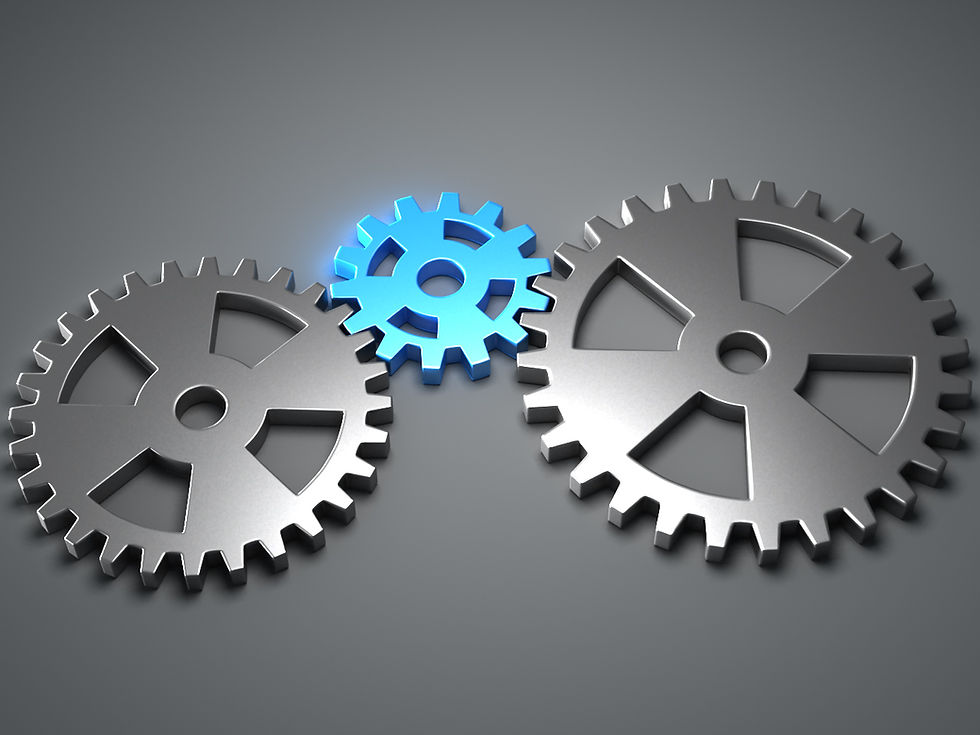Navigating Systems and Processes for Success in the Hauling Industry
- Justin Hubbard

- Mar 17, 2024
- 3 min read

In the bustling realm of the hauling industry, the distinction between "systems" and "processes" is more than just semantic; it's the cornerstone of operational excellence and strategic growth. While both are fundamental to the smooth functioning of a hauling business, understanding their unique roles and how they interconnect can significantly enhance operational efficiency and drive your company toward achieving its goals. This exploration delves into the essential differences between systems and processes within the hauling industry, offering insights into optimizing your business operations for success in this dynamic sector.
Understanding the Role of Systems and Processes in the Hauling Industry
In the dynamic world of the hauling industry, grasping the nuances between systems and processes is more than an academic exercise—it's a strategic necessity. Systems encompass the technological, organizational, and infrastructural backbone of your business, providing the essential framework that allows your processes, or the series of actions aimed at achieving specific objectives, to function smoothly. Understanding and optimizing these elements is crucial for any hauling business aiming to streamline operations and achieve strategic goals.
Key Roles of Systems in Hauling Operations
Infrastructure for Efficiency: Systems in the hauling industry, such as dispatch software or fleet management tools, lay the groundwork for efficient operations, ensuring resources are utilized effectively and information is disseminated promptly.
The Essence of Processes in Day-to-Day Operations
Operational Execution: Processes are the lifeblood of daily operations in the hauling business, from the step-by-step procedure of scheduling pickups to the intricacies of customer service and order fulfillment.
Distinguishing Features for Hauling Entrepreneurs
Focus and Scope: While systems provide the overarching structure necessary for hauling operations, processes zoom in on the execution, detailing the specific tasks that deliver value to your clients.
Change Management: Upgrading a system within the hauling industry, such as transitioning to a new CRM platform, might require significant investment and adaptation. In contrast, refining a process, like improving route efficiency, can often be achieved with less disruption and immediate benefits.
"Systems set the stage for success, providing the structure and tools necessary for our endeavors, whereas processes are the actions we take, the steps we follow, to turn our ambitions into realities. Understanding the synergy between systems and processes is the key to unlocking efficiency and excellence in any business domain." - Sophia Chang, Business Efficiency Expert
Actionable Tips
Audit Your Systems and Processes: Regularly review your current systems and processes to identify areas for improvement or upgrade.
Leverage Technology: Invest in industry-specific software and technologies that can enhance your systems, making your processes more efficient.
Train Your Team: Ensure your staff understands the importance of both systems and processes, and provide them with the necessary training to utilize these effectively.
Monitor and Adapt: Stay agile, monitoring the effectiveness of your systems and processes, and be ready to adapt to new challenges and opportunities in the hauling industry.
In Closing
Closing Statement: Recognizing and effectively managing the systems and processes within your hauling business is a powerful strategy for enhancing operational efficiency and driving growth. By investing in robust systems and continually refining your processes, you're not just operating; you're thriving in the competitive landscape of the hauling industry.
By honing in on the distinctions and interplay between systems and processes, your hauling business is well-positioned to streamline operations, maximize efficiency, and achieve sustained success in the fast-paced hauling sector.





Comments